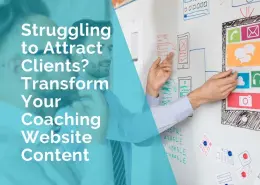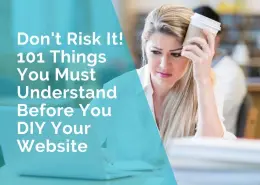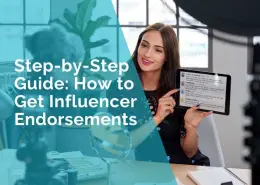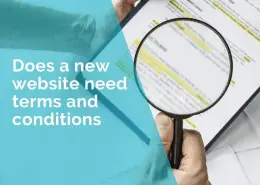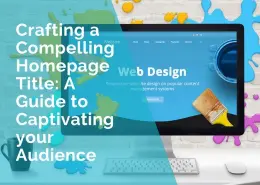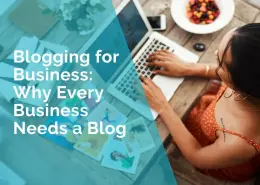How to Create an Affiliate Marketing Sales Funnel
Affiliate marketing involves marketing other businesses’ products in return for a commission. These commissions are paid out depending on your agreement with the business or merchant. Some affiliate marketers get a commission per link clicked in their blog posts; some get a commission per purchase. If an individual has a good following online, they can be effective affiliate marketers.
However, to be a successful affiliate marketer, placing an affiliate link on every blog post won’t suffice. You need to take customers on a journey to increase your converting potential and optimize your affiliate income.
In other words, you need an effective affiliate marketing sales funnel. Here are tips you need to follow to create one:
1. Optimize your website
If you’re running a blog or content website to drive traffic to your affiliate product’s landing page, look into search engine optimization (SEO). You need to ensure you’re ranking for relevant search queries so you can drive quality traffic to your affiliate products in the first place.
Let me illustrate the importance of SEO with an example.
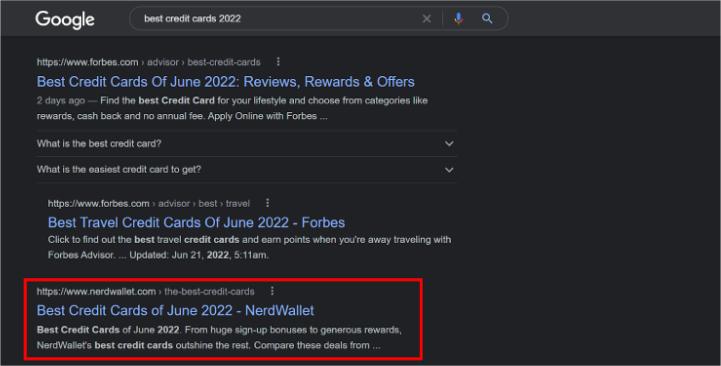
Nerdwallet, an affiliate website, reviews and recommends financial products. As shown above, one of their blog posts ranks in the search engine results page (SERP) for “best credit cards 2022.”.
What can we conclude?
We can correctly assume Nerdwallet is getting high click-through rates based on its position in SERPs for the search query. Although not everyone who clicks will purchase Nerdwallet’s affiliate products, at least some of them will. Those can still translate to commissions for Nerdwallet.
See how SEO fits in there?
We’ve established optimizing your website is important. The next question then is this: How do you optimize your website for SEO?
Simple. Implement a keyword strategy. Using tools, look for all the search queries relevant to each affiliate product and take note of these. You’ll need to incorporate these keywords into your pages, including your affiliate blog posts.
Tap third-party sites and guest write for them, too. Building backlinks can help you improve your domain rating. After all, Google considers backlinks published in reputable sites a vote of confidence for that specific content. That can help you rank higher in SERPs.
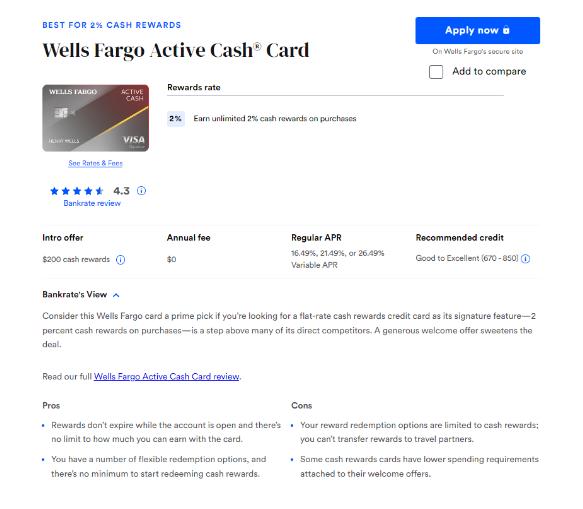
Also, use meta descriptions for your web pages and keep your website up-to-date.
Bottom line, when you rank higher in SERPs, you can drive more high-intent traffic to your site, and consequently, to your affiliate links. This can increase your chances of getting sales or clicks for commissions.
2. Write high-quality content
Content marketing can help you generate leads. But for content marketing to be effective for lead generation, you must understand your target audience first. Identify the people who are likely to be interested in your affiliate products then write content that will be relevant to them. So when they search for that specific topic, you’ll appear in SERPs and they can go to your content. In that same content, you can promote your affiliate products for your readers to see.
So, let’s say you’re promoting online course platforms. Then your blog posts can be about the benefits of creating online courses. So, you can write a blog post on how online courses can help you build a community around your product, for instance. Or how creating online courses can help you impart knowledge and establish you as an authority in your field.
A person interested in the online course platforms you’re promoting is more likely to make a search query on this topic.
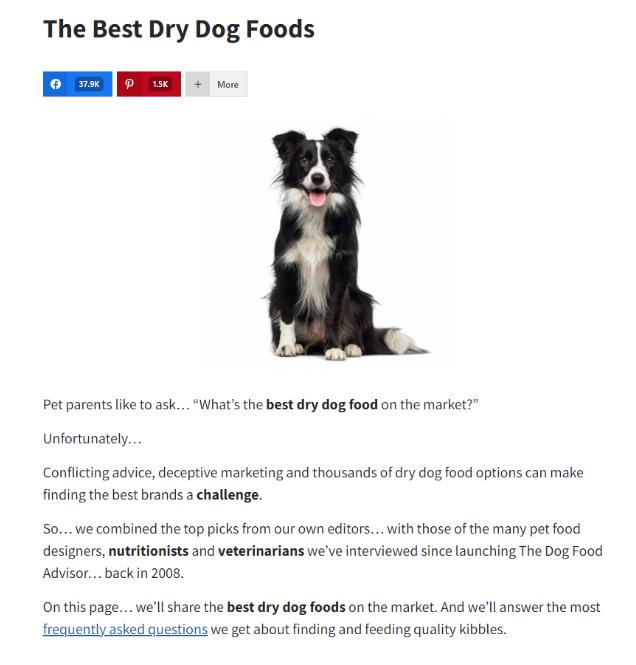
Here’s another example. Since DogFoodAdvisor promotes dog food products, its blog posts revolve around dog food, too. To increase the chances of conversions, DogFoodAdvisor also promotes its affiliate products in the same article. In fact, if you scroll down, you’ll see this list:
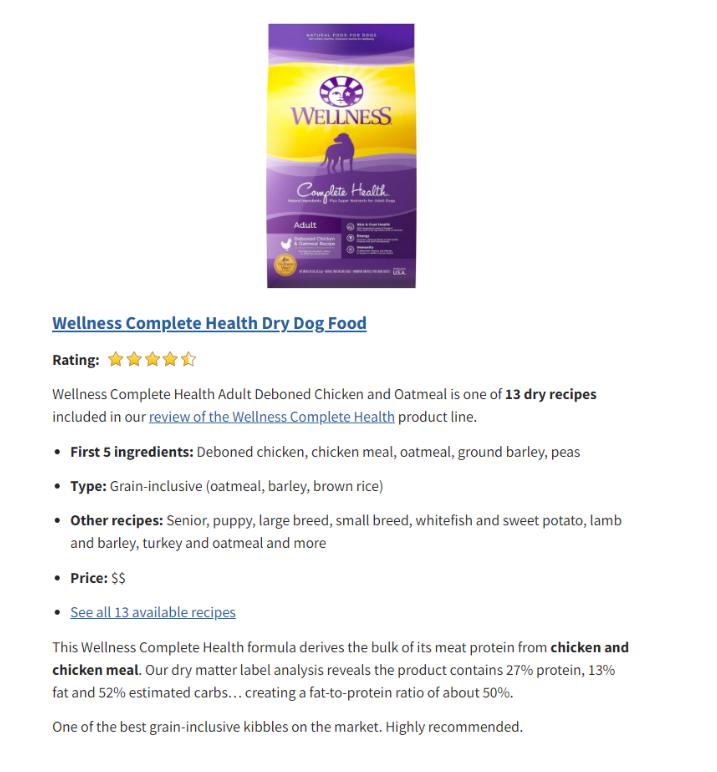
Each product name then contains an affiliate link which directs visitors to a page that allows for the purchase.
But of course before you get to this stage, you need to make sure your blog post is engaging in the first place. Potential buyers won’t get to your list of products in the first place if your article is just plain boring.
So, how do you make your article engaging?
Include photos so they don’t appear text-heavy. Include case studies and statistics, too, to back up your claims. Using captivating headers is also a must.
Quality content is effective for lead generation. Just look at the Nerdwallet example. That article garnered almost 38,000 Facebook shares.
3. Use a lead magnet
Let’s face it. Not everyone who reads your blog post or goes to your website will purchase the product you’re promoting. That doesn’t mean, though, that there’s nothing you can do about your website visitors who don’t convert.
Offer a lead magnet on your site to get your visitors to subscribe to your email list. So, even if they didn’t push through with a purchase or click on your link, you can remarket to them with email newsletters. We’ll talk about email marketing later.
But how do you choose your lead magnet in the first place?
As a general rule, you should use a lead magnet relevant to the affiliate product you’re marketing. The rationale is simple. Your ultimate goal is to make a sale or at the very least, make people click on your affiliate link, right? Then you should have a chance of getting the people you send your marketing emails to to do these things in the first place.
Let’s assume you’re promoting dog food products. If you offer an Amazon coupon as your lead magnet, chances are, even people who don’t own dogs will avail of the lead magnet and subscribe to your email list. This means even if you send them your marketing emails, they won’t buy those dog food products because, well, they don’t own a dog in the first place.
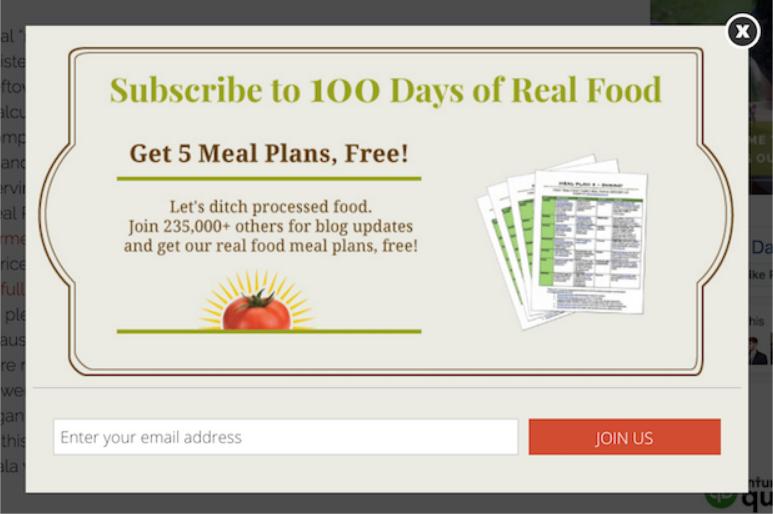
On the other hand, the lead magnet above works if you promote organic food. After all, you can conclude that those who avail of the free meal plans above are health buffs. These are people you can easily convince, through your emails, to buy your organic food products.
There are other types of lead magnets you can offer. You can offer ebooks, templates, whitepapers, and others. Just make sure they offer value.
4. Create an effective landing page
We’ve so far highlighted how your website is a critical component of your affiliate marketing sales funnel. That doesn’t mean there aren’t other platforms you can use. You can market your lead magnet or product through paid social media ads to reach people on social media, for example. Email, as I’ve said earlier, is another platform you can use.
However, your marketing efforts will be for naught if you don’t have a landing page. A landing page is a standalone web page created with a specific goal in mind. It’s the page that a person should land on after they click on your ad, email, among others.
Why do you need a landing page? Just think about it. Assume a potential buyer clicks on your social media ad with the intent of purchasing the product you’re promoting. They get to your homepage that has many buttons and a lot of text. Do you think they’ll push through with the purchase? I doubt.
If they land on a page created specifically for a sale, like the one below, you’ll probably get better results because everything they need to buy is already there:
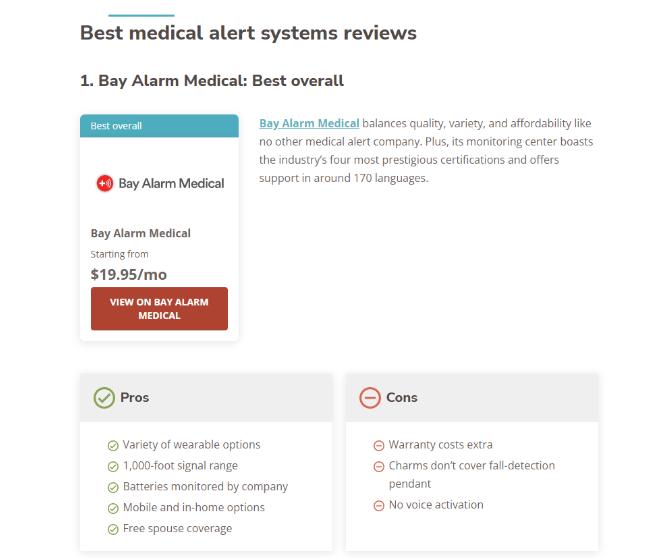
But it’s not enough for you to have a landing page. Your landing page should also be optimized. Follow these tips to do that:
Use testimonials:
You want to show your potential buyer that previous buyers are very satisfied with the product you’re promoting.
Include compelling copy:
Be brief but straightforward. Include your value proposition in your copy.
Add a clear CTA:
Make sure your CTA is easily understandable and is visible on the page. It should stand out.
Track user’s actions on your landing page through Google Analytics, heatmaps, and other tools. Then use the results to make adjustments to your landing pages and make them more effective.
5. Use email marketing
Email marketing helps you build and nurture your relationships with potential buyers. You can start sending emails as soon as people subscribe to your email list or once they click on your social media ad promoting your product. You can even send emails to customers who already made a purchase.
The point of email marketing is to ultimately convince your prospects to make a (repeat) purchase. You can only do that, however, if you send your prospects the right emails at the right time.
Let’s say a prospect clicks on your product social media ad but ends up leaving your landing page without pushing through with the purchase. You’d want to send them, immediately, an email talking about the benefits of the product you’re promoting. It might just be the final nudge they need to buy.
If, however, a prospect just subscribed to your email through your lead magnet, that type of email won’t work. You’d need to send emails that nurture your relationship with the potential buyer first. A welcome email, in this case, is most effective.
Having said that, sending your emails manually, then, shouldn’t be an option. It’s just not possible to keep track of all user’s activities and send them the right emails. Email automation, on the other hand, ensures the right emails are automatically triggered. You’d have to segment your email list first, of course.
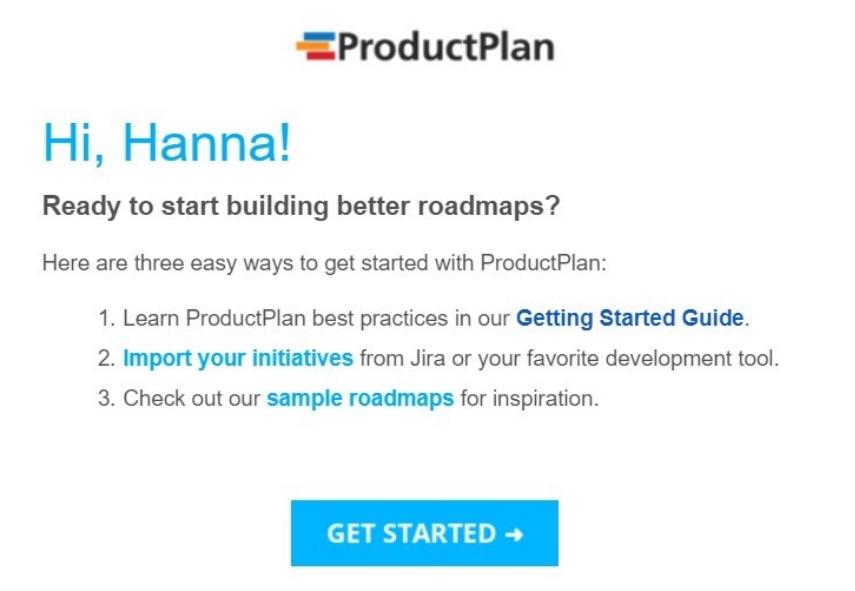
Personalize your emails, too. Research has shown that personalized emails are six times more likely to drive a conversion.
In Closing
If you’re an affiliate marketer, you need to follow a process to convert your leads into paying customers. That’s where your affiliate marketing sales funnel comes in.
Optimize your website and write high-quality content. Offer a lead magnet, too, so you can get people to subscribe to your email list and remarket to them. Then use email marketing to build and nurture your relationships with potential buyers. Don’t forget to create effective landing pages for the product you’re promoting and your lead magnet.
If you follow these tips, you’ll reap the benefits in no time. Good luck!
***
Author: Baidhurya Mani is the founder of SellCoursesOnline.com. He regularly shares tips, tools, and strategies to help creators and entrepreneurs build a successful online course business.



